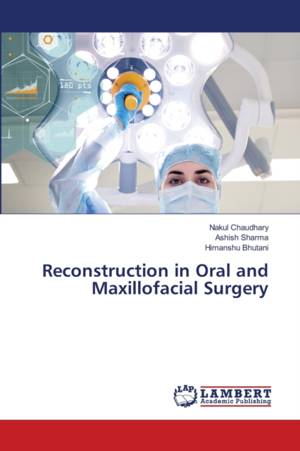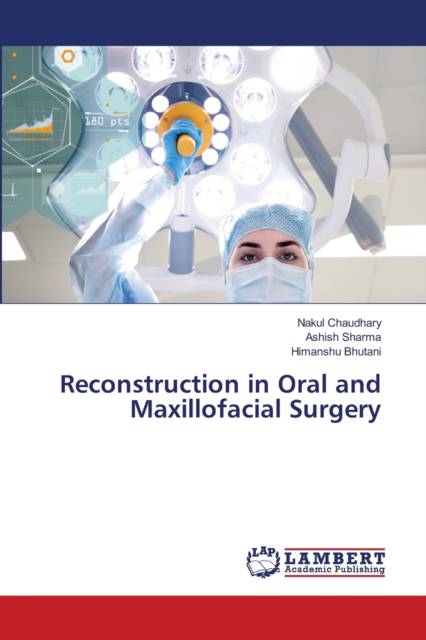
- Afhalen na 1 uur in een winkel met voorraad
- Gratis thuislevering in België vanaf € 30
- Ruim aanbod met 7 miljoen producten
- Afhalen na 1 uur in een winkel met voorraad
- Gratis thuislevering in België vanaf € 30
- Ruim aanbod met 7 miljoen producten
Zoeken
Reconstruction in Oral and Maxillofacial Surgery
Nakul Chaudhary, Ashish Sharma, Himanshu Bhutani
Paperback | Engels
€ 75,45
+ 150 punten
Omschrijving
Craniofacial defects often result in aesthetic and functional deficits, which affect the patient's psyche and wellbeing. Patient-specific implants remain the optimal solution, but their use is limited or impractical due to their high costs. The reconstruction of such defects is a challenge to the surgeon. It requires the reconstruction of the bony structures and soft tissue envelope in a dynamic region of the body with the restoration of the functions. The procedures has evolved since the first use of autologous bone grafts, to the use of local and regional flaps and now to the era of free tissue transfer.The requirement of high resources for advanced technique and high failure rates in hands of good surgeons have created a resistance in employing such procedures immediately in practice. Challenges also remain in restoring the complete functions after radical resection. Replacing like-with-like remains gives the best results, though is not possible in some clinical scenarios. Nevertheless, tremendous improvements are seen in the field of tissue engineering, 3D printing, virtual and navigational surgeries.
Specificaties
Betrokkenen
- Auteur(s):
- Uitgeverij:
Inhoud
- Aantal bladzijden:
- 144
- Taal:
- Engels
Eigenschappen
- Productcode (EAN):
- 9786203581713
- Verschijningsdatum:
- 2/04/2021
- Uitvoering:
- Paperback
- Formaat:
- Trade paperback (VS)
- Afmetingen:
- 152 mm x 229 mm
- Gewicht:
- 222 g

Alleen bij Standaard Boekhandel
+ 150 punten op je klantenkaart van Standaard Boekhandel
Beoordelingen
We publiceren alleen reviews die voldoen aan de voorwaarden voor reviews. Bekijk onze voorwaarden voor reviews.











